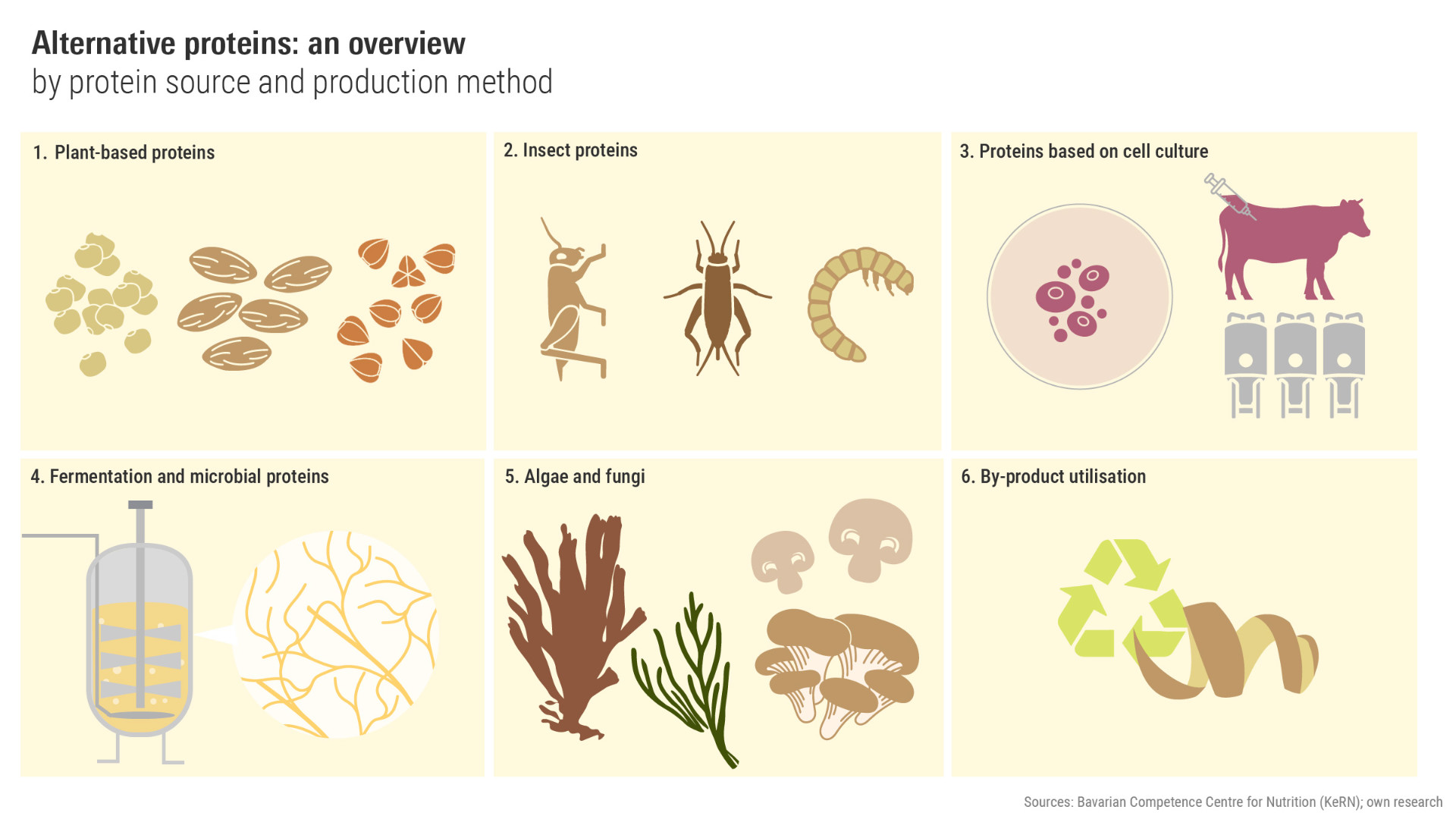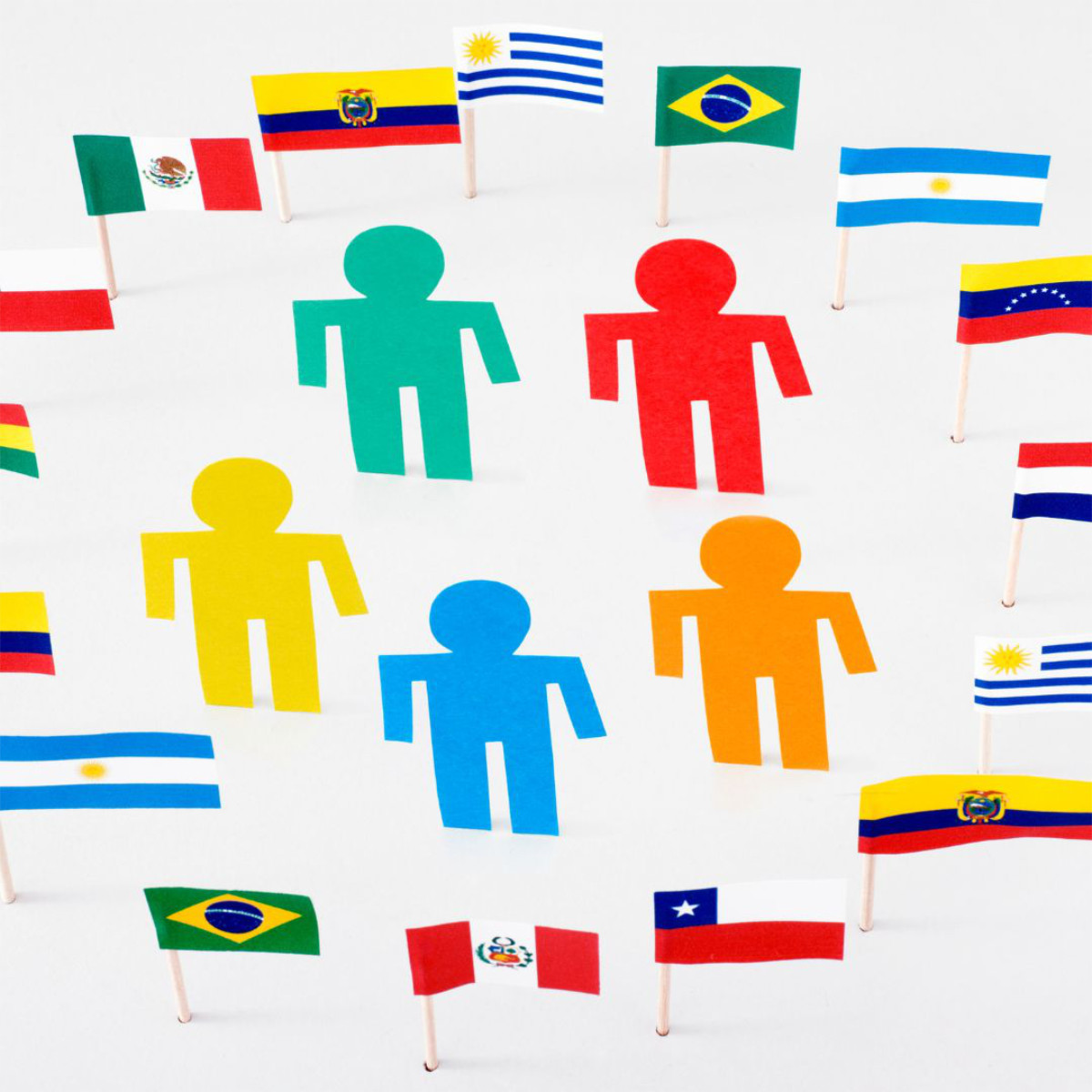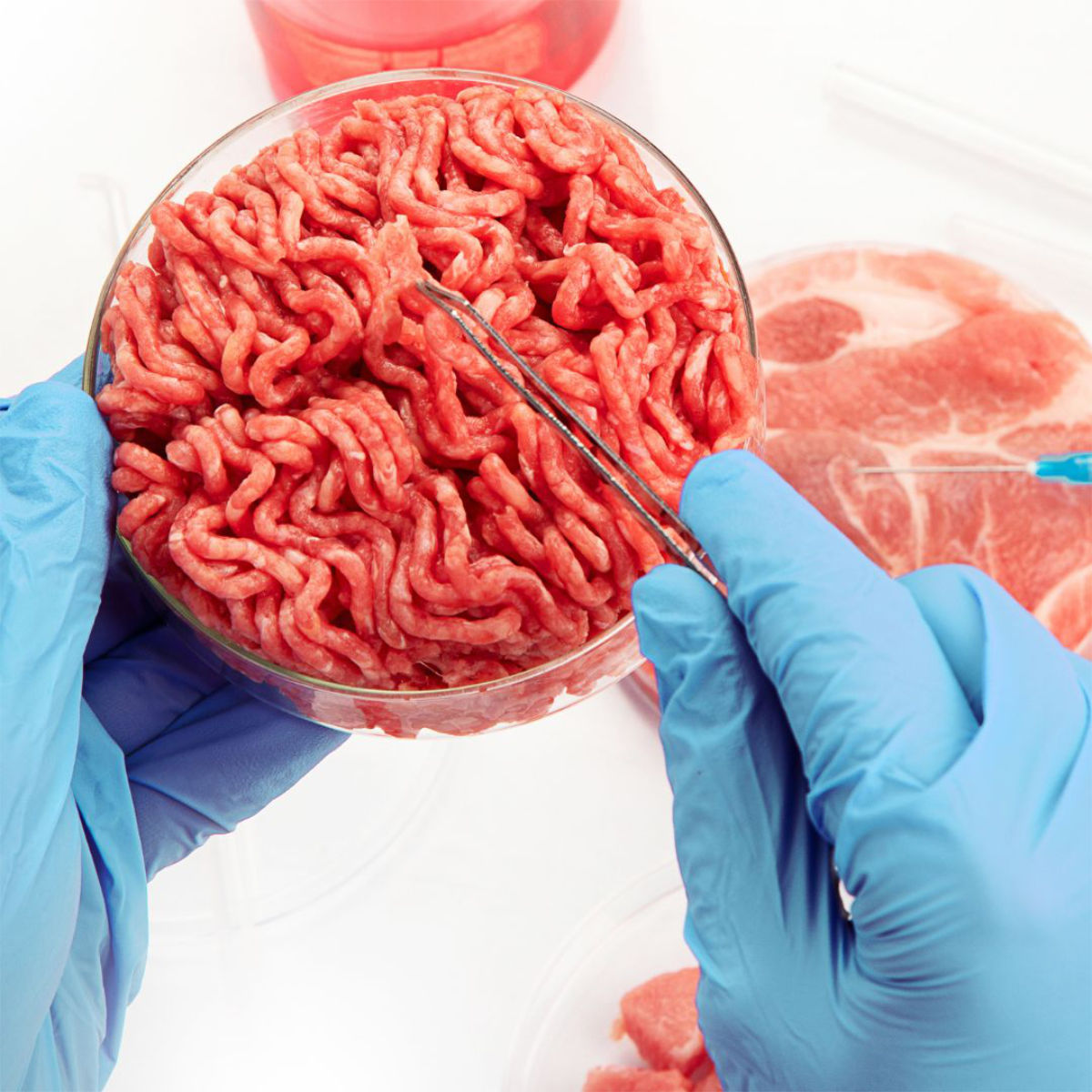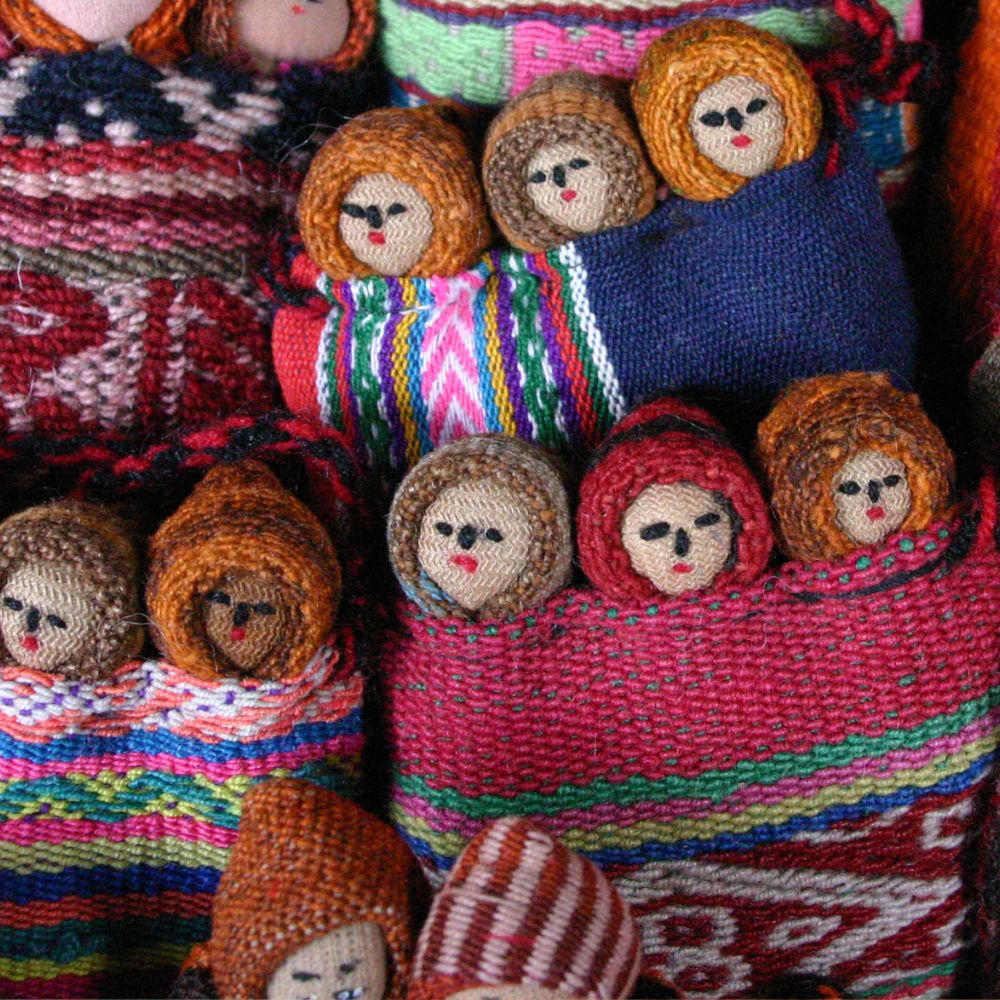Reading time: 4 minutes
From algae to cell flesh – an overview of alternative proteins

According to the NGO The Good Food Institute (GFI), there are already over 2,000 companies worldwide working in the field of alternative proteins, driven by a high level of public and private investment. Innovative start-ups, established companies in the food industry and research institutions are forming a powerful ecosystem that is developing new methods of protein production and researching protein sources. What are they? The following is a brief overview:
Plant-based proteins:
This includes the entire market for plant-based milk and meat substitutes made from pulses, grains and nuts. It is difficult to estimate the quantities of these products that are produced worldwide today, as they are not yet systematically recorded everywhere. In Germany, which has one of the largest markets for plant-based meat substitutes, around 100,000 tonnes of meat substitutes are produced each year, according to the Federal Statistical Office. Beyond substitute products, old protein-rich crops are being rediscovered and experiencing a worldwide upswing, such as quinoa or buckwheat, which has been cultivated in Asia for thousands of years. They are complemented by new generations of plant-based protein sources that are gaining in importance or whose potential is being researched, such as lupine protein, baru almond or the fruit of the macauba palm.
Insect proteins:
They are rather unpopular in Europe, but more than 2 billion people worldwide eat insects, especially in Africa, Asia, South America and Australia. This is because many insects are a high-quality and sustainable source of protein that is rich in essential amino acids, vitamins and minerals. Insects require significantly fewer resources such as water, land and feed than conventional livestock and thus have a smaller ecological footprint. Insect proteins, such as those from the yellow mealworm, crickets or grasshoppers, are already used in the form of meal, bars or snacks and could play a key role in securing global nutrition. They could soon be on European menus too: in Europe, four insect species have already been approved for human consumption, starting with mealworm larvae in June 2021. From 10 February 2025, UV-treated mealworm powder may officially be processed into bread and cakes.
Cell culture-based proteins:
‘Animal products without animals’ is the approach of “cellular agriculture”. The best-known concept is cell meat (also known as in vitro meat or cultured meat), for which animal muscle cells are grown in bioreactors using a nutrient solution. In 2020, cell meat was approved for consumption for the first time in a hybrid form in Singapore. Research is being conducted worldwide into the cultivation of various animal tissues – from duck to beef to seafood. This can save a lot of space, but production is still very energy-intensive and costly. The amount produced worldwide is still low because production capacities have not yet been designed for industrial quantities.
Fermentation-based proteins:
Fermentation is an ancient technique for preserving and transforming food using microorganisms. New and promising developments are now joining the likes of natto, kimchi, sauerkraut and co., because fermentation is highly scalable. Precision fermentation is an innovative technology in which microorganisms such as yeasts, bacteria or fungi are ‘programmed’ to produce specific proteins or other molecules – for example, egg white protein, animal-free collagen and the haem protein, which can give meat substitutes an umami flavour. Single-cell proteins (SCPs) from yeasts or microalgae such as spirulina – previously often used as animal feed – are produced in industrial biomass fermentation processes and are becoming increasingly important for human nutrition. One well-known example is the mycoprotein Quorn, which is produced by the microfungus Fusarium venenatum. It was launched as early as 1985 and was one of the first commercially successful meat substitutes in the world.
Algae and mushrooms:
They are particularly popular as a source of protein in Southeast Asian cuisine and have been gaining in popularity worldwide for several years. Fungal fruit bodies are rich in proteins, dietary fibres, vitamins and minerals and contain little fat and calories. According to the FAO (Food and Agriculture Organization of the United Nations), around 50 million tonnes of mushrooms were cultivated worldwide in 2023, mostly button mushrooms, shiitake and oyster mushrooms. Macroalgae such as wakame, kombu or dulse are rich in protein, contain iodine, omega-3 fatty acids, vitamins and minerals and are also low in calories. Due to their traditional use, large quantities of macroalgae are already harvested – mostly from aquaculture. According to the FAO, in 2019, around 35 million tonnes were harvested worldwide.
By-product recycling:
Although some of the products can be assigned to the categories mentioned above, by-product recycling deserves a mention for its approach: this involves the sustainable and holistic use of food in line with the ‘zero waste’ principle. This is because the processing of food often produces residues that are too valuable to be wasted. Since the by-products of traditional food processing are very large, the potential is correspondingly high – especially for plants, whose use is currently even less optimised than that of animals. According to GFI estimates, in the US alone, the by-products of corn production could soon exceed 500 million tonnes per year. Examples of proteins that have already been successfully obtained from the by-product stream include whey protein, brewer's yeast, potato protein from potato peelings and rapeseed meal.



